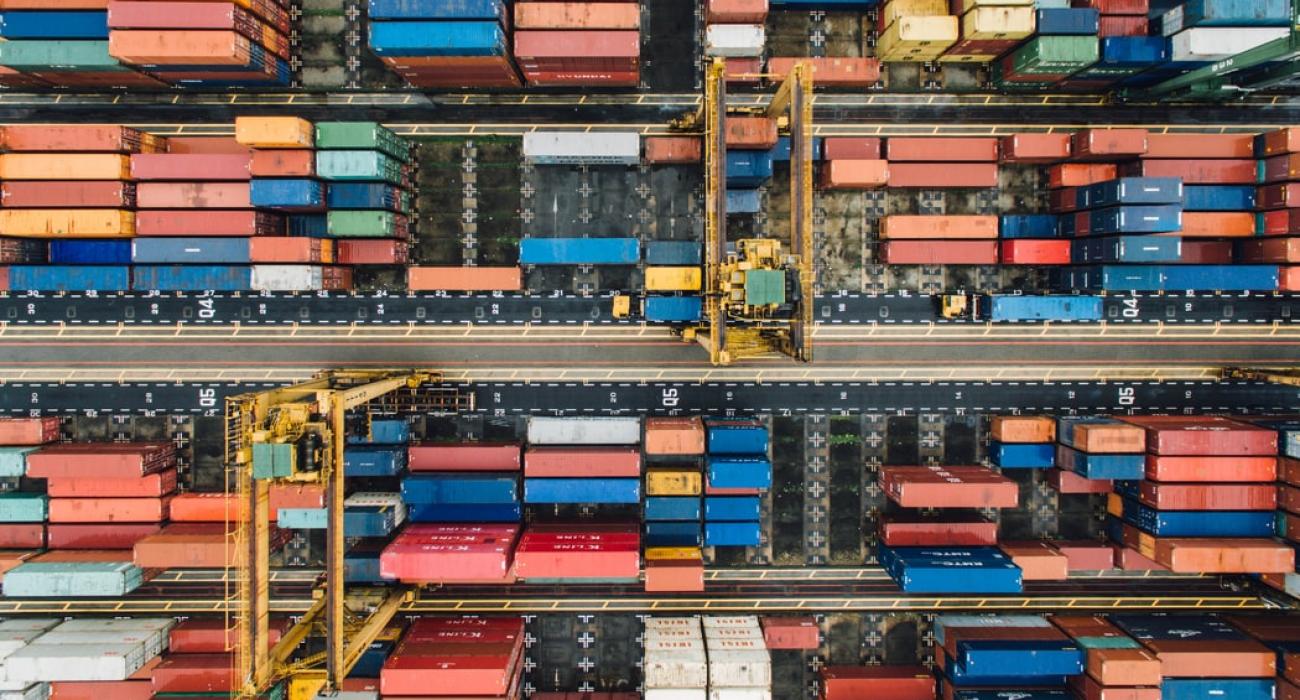
Background on Forced Labor
19 U.S.C. § 1307: Prohibits Importation of Goods Produced with Forced Labor
“All goods, wares, articles, and merchandise mined, produced, or manufactured wholly or in part in any foreign country by convict labor or/and forced labor or/and indentured labor under penal sanctions shall not be entitled to entry at any of the ports of the United States, and the importation thereof is hereby prohibited, and the Secretary of the Treasury is authorized and directed to prescribe such regulations as may be necessary for the enforcement of this provision.
‘Forced labor’, as herein used, shall mean all work or service which is exacted from any person under the menace of any penalty for its nonperformance and for which the worker does not offer himself voluntarily. For purposes of this section, the term ‘forced labor or/and indentured labor’ includes forced or indentured child labor.”
There is no de minimis rule or threshold amount of inputs made with forced labor required for these prohibitions to apply. In addition, since the implementation of the Trade Facilitation and Trade Enforcement Act of 2015 (TFTEA) which repealed the “consumptive demand” exception, the forced labor prohibitions apply regardless of whether merchandise produced with forced labor is produced in sufficient quantities in the United States to meet domestic consumptive demand or not.
Certain US Free Trade Agreements, such as the US-Mexico Canada Agreement (USMCA), also include labor rights provisions.
Products of Concern for Forced Labor
The list of goods allegedly produced using forced labor continues to grow. However, we outline some of the products at increased risk of forced labor enforcement:
- CBP WRO List and Findings List – recently, cotton and tomatoes, apparel, hair products, and computer parts with a nexus to XUAR
- Polysilicon
- US Department of Labor List of Goods Produced by Child Labor or Forced Labor: Many of the goods are agriculture products, but the list also covers cotton, apparel, footwear, textiles, accessories, electronics, toys, metals, diamonds, gold, etc.
- Goods covered by Non-governmental Organization reports (Sheffield Hallam University, C4ADS, Australian Strategic Policy Institute, Transparent, etc.)
- Goods produced by entities on the Department of Homeland Security UFLPA Entity List
Indicators of Forced Labor
The International Labour Office (ILO) has published 11 Indicators of Forced Labor, which CBP assesses in determining whether to issue a WRO:
- Abuse of vulnerability
- Deception
- Restriction of movement
- Isolation
- Physical and sexual violence
- Intimidation and threats
- Retention of identity documents
- Withholding of wages
- Debt bondage
- Abusive working and living conditions
- Excessive overtime
How We Help
We also provide guidance to our clients on the following topics:
Key Contacts
- Related Practices
- Related Industries
